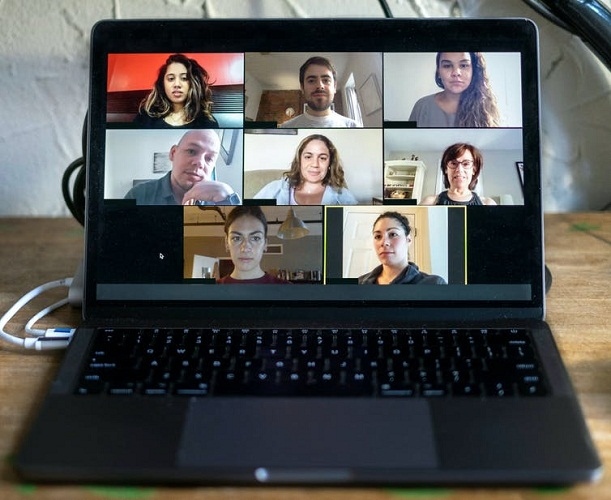Online tutorials, workshops and meetings are here to stay for the moment. But are you anxious about speaking in online classes and meetings? Here are 7 tips to make it easier

Many parents and students are engaged in a daily routine ofspeaking to people via a camera on a computer, tablet or phone during Covidrestrictions. This often means finding a quiet place in order to ask aquestion, provide an answer or share an opinion with a virtual audience.Initial concerns about using video apps focused on privacy and equity issues.
Soon, new terms emerged such as Zoom fatigue. But an issue thathas been less discussed is the role that nerves might play in these mediatedsessions.
What is speaking anxiety?
Forcenturies, people have questioned their ability to speak in front of others.This can make all speaking opportunities difficult.
A focus on individualdifferences acknowledges that internal thoughts and feelings might not match externalbehaviour. For example, a speaker who appears disengaged may actually feel alack of control.
It is a tricky phenomenon.Some people can feel nervous the moment a speaking task isannounced and,on the day of presentation, may rate themselves as morenervous thanwhat an audience observes.
It is the audience, and thepotential for negative evaluation from that audience, that can make us feelanxious. And those listening can be physically or virtually present.
This brings us to therather awkward situation of speaking to rows of little boxes on a screen in avideo hook-up. Not only does this set-up limit broader non-verbal cues, but italso restricts general banter between participants.
A perceived need to bevisible is a contested area in onlinedelivery.In educational settings, those who support “cameras on for everyone” suggest ithelps to replicate usual classroom conditions, encourages discussion andensures students are actually in attendance (not just logged on).
But it is important toconsider the rationale behind making any feature mandatory. Participating via avideo app is not the same as a live setting.
For a start, speakersrarely see themselves when talking to others. As a lecturer, seeing myselfonscreen while speaking with a class can be distracting, especially when tryingto look directly at the camera lens to maximise eye contact.
To create safe, supportiveand productive sessions, we need to build competent and confident speakingpractices.
Acknowledging that speakinganxiety is common, and affects people in live and virtual settings, is a goodplace to start.
Tips to make things easier
● Providean agenda ahead of time, which could include sending out some preparedquestions for discussion
● Reduceuncertainty about participation by letting people know from the outset if thereis any need or expectation to talk in a hook-up
● Use linking statements andsignposts tokeep everyone on track as other cues and clues may be absent
● Modelgood speaking practices, and use language that is suitable for oral delivery
● Rethinkthe value of calling on someone randomly to contribute to a discussion
● Makedecisions about the need for interaction based on the type of session andnumber of participants
● Planfor each online event rather than stick to a set of general rules. For example,is it always necessary for speakers to see each other onscreen? As mosteducators will tell you, just because a student is physically present thatdoesn’t mean they are actively engaged.